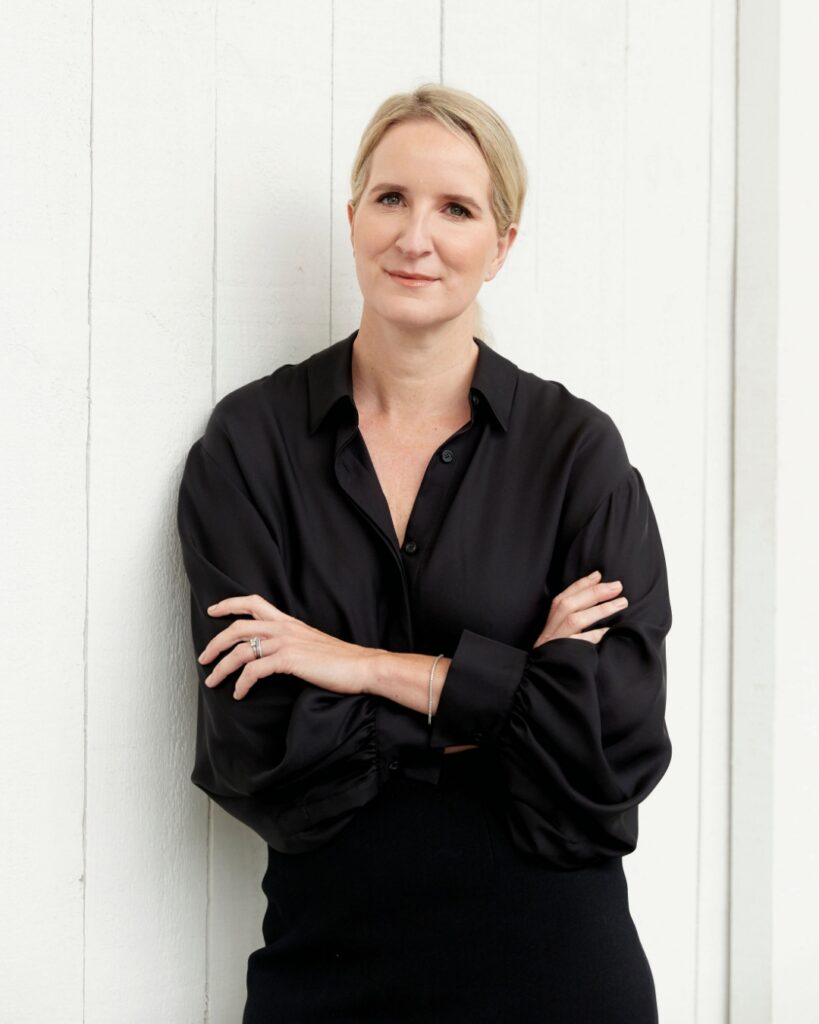More than 2.8 million New Zealanders are in KiwiSaver – way ahead of forecasts. So why aren’t we making the most of our investments?
New Zealanders generally don’t ask a lot of questions about or make a lot of changes to our KiwiSaver fund choices, says Massey University business school’s Claire Matthews, who studies the sector. We are a population that is “apathetic” at best about our involvement in KiwiSaver.
“In a long-term retirement planning product like KiwiSaver, making good decisions early on makes a massive difference to what you get at the end,” says FMA chief executive Rob Everett, whose job is to chivvy KiwiSaver providers into providing clear information to New Zealanders with limited understanding of their investment.
“Lots of people [in KiwiSaver schemes] don’t feel like or really regard themselves as investors, and they’re not engaged. Sometimes, in a regulator’s world, you can get obsessed with driving into some spaces where in reality there are very few investors, and they’re all ultra-high net worth and probably all capable of getting advice and looking after themselves.
Want to boost your KiwiSaver confidence? Scroll for the dos and don’ts below:
Do
Compare fees and returns using the growing range of tools available on the websites of the Government’s Financial Markets Authority (FMA) and Commission for Financial Capability (CFFC). The FMA’s KiwiSaver Tracker shows the effect of fees in a simple visual way, whereas the CFFC’s site, sorted.org.nz, is brimming with impartial advice on comparisons.
Don’t
Change your KiwiSaver provider or fund type based on the fees alone. Higher-risk and more actively managed KiwiSaver funds should cost more because they are also seeking larger returns in the long term. “I would be very concerned if people simply said, ‘I want the cheapest provider’, because that might not be the best for them,” says Massey University banking professor Claire Matthews.
Do
Look at the five-year average returns rather than what happened in the past year.
Don’t
Change your fund just because it lost ground in the past year, especially if it’s a growth-oriented or “aggressive” fund. Investing is different from saving and these funds are long-term bets. There will always be ups and downs along the way.
Do
Read your annual statement. Matthews worries that although disclosing annual fees in dollars is a good thing, few people are bothering to read the annual information their KiwiSaver provider sends. “I suspect a number of people get them and don’t even open them and if they do, throw it in the bottom drawer or whatever.”
Don’t
Expect the past to be a guide to the future. Investment theory says that long-term investors should take more risk because experience shows that generates stronger returns. However, the future is a place none of us has been yet. If you can’t tolerate risk, then maybe a conservative fund is an option for you. But remember: a 25-year-old putting 5% of his or her annual income into a KiwiSaver growth fund rather than a conservative fund can expect to increase the retirement value of their KiwiSaver account by as much as $700,000, according to Milford Asset Management.
Don’t
Stay in a default fund unless you mean to. If you haven’t actively chosen which KiwiSaver fund to be in, get off your chuff and do it. If you’re not sure what a default fund is, then you’re probably in one. And if you’re under 30, you’re letting someone else waste your money. Think of it like this: when you’re 75 years old, which would you rather be able to afford: a new pair of slippers or a spur-of-the-moment flight to see your grandchildren? Get on with it.
Words: Pattrick Smellie
This article originally appeared on Noted.











